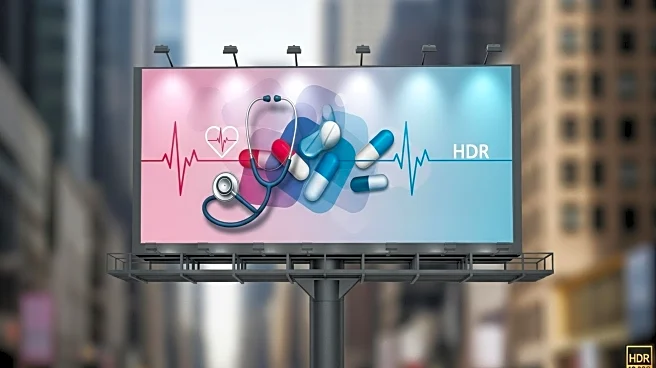What's Happening?
The pharmaceutical industry is undergoing a digital transformation, driven by the adoption of Pharma 4.0 principles. This approach integrates technical, workforce, and organizational elements to enhance flexibility, productivity, and cost reduction while maintaining patient safety. The ISPE Pharma 4.0 Operating Model serves as a key enabler, facilitating the processing of large data volumes to unlock new potentials in the industry. The model emphasizes a holistic approach, preparing all necessary prerequisites for successful digital transformation.
Why It's Important?
Pharma 4.0 represents a significant shift in how pharmaceutical companies operate, offering the potential for improved efficiency and innovation. By embracing digital transformation, companies can accelerate time-to-market for new products, enhance supply chain resilience, and achieve cost leadership. This transformation is crucial for maintaining competitiveness in a rapidly evolving industry and meeting the increasing demands of regulators and investors. The successful implementation of Pharma 4.0 can lead to tangible business outcomes, including growth and improved reputation.
What's Next?
As the pharmaceutical industry continues to adopt Pharma 4.0, companies will need to focus on strategic communication with stakeholders to ensure the successful implementation of digital initiatives. This includes quantifying the financial benefits of technical measures and understanding the capitalization efforts required. The ongoing digital transformation will likely lead to further innovations and efficiencies, shaping the future of the industry.
Beyond the Headlines
The integration of Pharma 4.0 principles raises important considerations regarding workforce adaptation and the ethical use of technology. Companies must balance technological advancements with the need to support and develop their workforce, ensuring that employees are equipped to thrive in a digital environment. The transformation also poses challenges in maintaining patient safety and compliance with regulatory standards.










